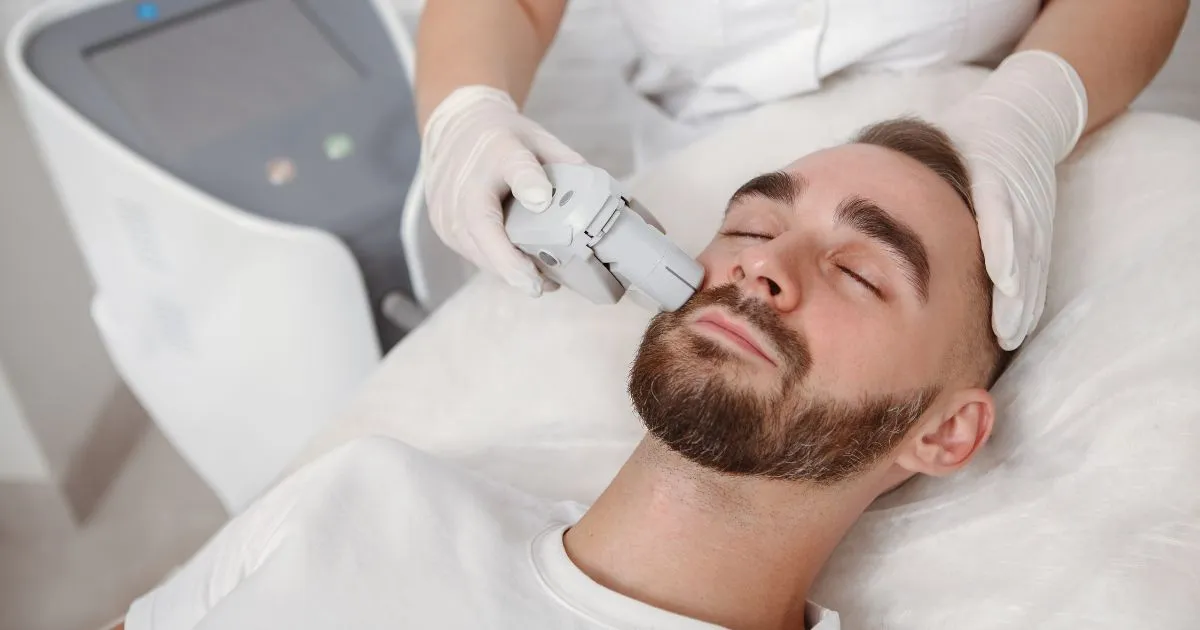

Have you ever heard of BOTOX®, XEOMIN®, or Dysport? These may sound like foreign words to you. Still, they are types of neuromodulators – a class of drugs used to treat various medical and cosmetic concerns.
Neuromodulators interact with nerve cells and muscles, affecting neurotransmitter release and muscle contraction. From reducing wrinkles and fine lines to alleviating migraines and muscle spasms, these wonder drugs have become a game-changer in medicine and cosmetics. But how exactly do they work, and what are the risks and benefits associated with their use?
Neuromodulators are drugs used to modify or “modulate” the activity of neurons in the nervous system. They work by interacting with nerve cells and changing the release or effects of neurotransmitters, which are chemical messengers that allow neurons to communicate with each other and other cells in the body.
Neuromodulators can affect the nervous system, including altering sensory perception, regulating mood and emotions, controlling movement, and modulating pain. Some neuromodulators, such as BOTOX®, XEOMIN®, and Dysport, are commonly used for medical and cosmetic purposes, such as treating muscle spasms and migraines and reducing wrinkles and fine lines.
Here’s a brief overview of some of the most commonly used neuromodulators at The Cosmetic Clinic:
BOTOX® is a brand name for a type of neuromodulator called botulinum toxin type A. It works by blocking the release of a neurotransmitter called acetylcholine, which is involved in muscle contraction. This results in temporary muscle paralysis, making it an effective treatment for conditions such as muscle spasms, migraines, and excessive sweating. BOTOX® is also commonly used for cosmetic purposes, such as reducing the appearance of wrinkles and fine lines.
XEOMIN® is another type of neuromodulator that contains botulinum toxin type A. However, unlike BOTOX®, XEOMIN® does not contain any additives, which may make it less likely to cause allergic reactions. XEOMIN® works by blocking the release of acetylcholine, similar to BOTOX®, and is used for similar medical and cosmetic purposes.
Dysport is a brand name for a type of neuromodulator called abobotulinumtoxinA. It works by blocking the release of acetylcholine, like BOTOX® and XEOMIN®, but may have a faster onset and longer duration of action. Dysport is used for medical conditions such as muscle spasms as well as for cosmetic purposes such as reducing the appearance of wrinkles and fine lines.
While these neuromodulators may share similar mechanisms of action, differences in their chemical composition can affect their onset, duration, and potential side effects. It’s essential to consult with a qualified medical professional to determine which type of neuromodulator is best for your individual needs.
Neuromodulators work by interacting with nerve cells and muscles, specifically by affecting the release or effects of neurotransmitters. These chemical messengers are crucial in allowing nerve cells to communicate with each other and other cells in the body, including muscles.
When a nerve cell wants to send a signal to another cell, it releases neurotransmitters into the synapse – the small gap between the two cells. The neurotransmitters then bind to receptors on the surface of the receiving cell, which can trigger various effects depending on the type of neurotransmitter and receptor involved.
Neuromodulators work by modifying the release or effects of neurotransmitters in the synapse. For example, botulinum toxin type A (found in BOTOX®, XEOMIN®, and Dysport) blocks the release of the neurotransmitter acetylcholine, which is involved in muscle contraction. By preventing the release of acetylcholine, the neuromodulator temporarily paralyzes the muscle, making it helpful in treating conditions such as muscle spasms, migraines, and even cosmetic concerns like wrinkles.
Overall, a neuromodulator’s exact mechanism of action depends on its chemical composition and target cells. By modifying the activity of nerve cells and muscles, neuromodulators can have a wide range of effects on the body and are used to treat various medical and cosmetic conditions.
Neuromodulators, particularly botulinum toxin type A (such as BOTOX®, XEOMIN®, and Dysport), are commonly used for cosmetic purposes such as:
Although neuromodulators are generally considered safe, patients should be aware of potential risks and side effects before undergoing treatment. These include:
Obtaining treatment from a licensed medical provider with neuromodulator experience is critical to reducing the risk of these and other adverse effects. Patients should also disclose their medical history and medications, as certain conditions and medications may increase the risk of complications. It’s also essential to follow post-treatment instructions carefully, such as avoiding strenuous exercise and not rubbing or massaging the treated area, to minimize the risk of adverse reactions.
Neuromodulators such as BOTOX®, XEOMIN®, and Dysport are potent tools that can be used for both medical and cosmetic purposes. They work by temporarily relaxing the muscles responsible for creating facial expressions, which can reduce the appearance of wrinkles, fine lines, and other cosmetic concerns. While neuromodulators are generally considered safe, it’s essential to receive treatment from a qualified medical professional and to follow post-treatment instructions carefully to minimize the risk of adverse reactions.
If you’re interested in exploring the benefits of neuromodulators, we invite you to visit us at The Cosmetic Clinic. Our team of experienced medical professionals is dedicated to helping you look and feel your best. We offer a range of cosmetic treatments, including neuromodulators, to help you achieve your goals. Contact us today to schedule a consultation and learn more about how we can help you achieve your cosmetic goals.
Feel free to reach out and ask us anything!